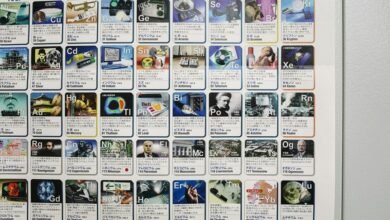What This Call Means: 6097265283

The call from 609-726-5283 raises questions about its intent. It could be a legitimate inquiry or a potential scam. Caller ID provides some insight, but it is not foolproof. With the rise of unwanted calls, caution is essential. Understanding the nature of such calls can inform decision-making. What makes this particular number noteworthy? Further investigation could reveal important details about its origins and implications.
Understanding Caller Identification
How does caller identification influence communication dynamics?
Caller ID serves as a vital tool in discerning legitimate calls from potential threats, such as phone scams. By revealing a caller’s identity, it empowers individuals to exercise informed choices about engaging with unknown numbers.
This ability fosters a sense of autonomy, allowing users to reject unwanted interactions and prioritize meaningful communication in an increasingly complex telephonic landscape.
Common Reasons for Receiving Unknown Calls
Unknown calls can stem from a variety of sources, each with its own implications for the recipient.
Common reasons include telemarketing scams that seek to exploit personal information and prank calls intended to disrupt or annoy.
These calls can cause frustration and concern, highlighting the need for awareness and caution among individuals who value their privacy and seek to maintain control over their communication.
How to Handle Suspicious Calls
When faced with a suspicious call, individuals may wonder what steps to take to protect themselves effectively.
Recognizing suspicious patterns, such as repeated calls from unknown numbers, is crucial. Utilizing call blocking features can minimize unwanted disturbances and enhance personal security.
It is essential to remain vigilant, avoid sharing personal information, and report persistent threats to relevant authorities for further action.
Resources for Further Investigation
Investigating suspicious calls requires access to reliable resources that can help individuals discern the legitimacy of such communications.
Key tools include call tracing services that track the origin of calls, providing critical insights into their authenticity.
Additionally, various report options exist for individuals to document suspicious activity, enabling authorities to take necessary actions and protect personal freedoms from unwanted intrusions.
Conclusion
In the labyrinth of modern communication, each unknown call, such as the one from 609-726-5283, serves as a double-edged sword—offering potential connection while cloaked in uncertainty. Just as a shadow flickers at dusk, so too does the ambiguity of such numbers prompt vigilance. By discerning the true nature of these calls, individuals can navigate the murky waters of unsolicited contact, safeguarding their personal sanctuaries against the encroaching tide of telemarketing and deception.



